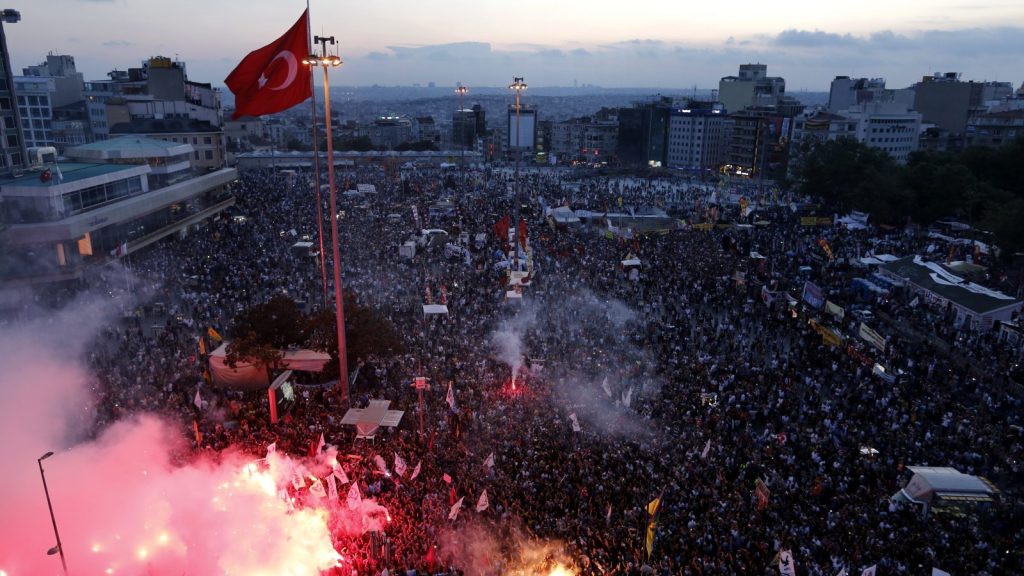President Recep Tayyip Erdoğan’s recent declaration that the Topçu Barracks “will be built” in Gezi Park is far more than an urban planning announcement. It is a calculated and defiant challenge, a declaration of war on the collective memory of the Turkish people and a vow to pave over the most powerful symbol of civic resistance in the nation’s recent history. By stating, “We need to be brave,” Erdoğan is not talking about construction; he is signaling his intent to crush the spirit of Gezi once and for all.
To understand the gravity of this statement, one must remember what happened in the summer of 2013. The Gezi protests were not a planned uprising. They began as a small, peaceful sit-in by environmentalists trying to save one of the last green spaces in central Istanbul from being bulldozed to make way for a shopping mall housed in a replica of an Ottoman-era barracks.
The government’s response—a shockingly brutal police crackdown with tear gas and water cannons against peaceful demonstrators—ignited a firestorm. Millions of ordinary citizens from all walks of life, who had never protested before, poured into the streets across the country. Gezi Park became more than a park; it became a symbol of a secular, democratic, and pluralistic Turkey standing up to creeping authoritarianism. It was a brief, beautiful moment where citizens reclaimed public space and demanded to be heard.
Erdoğan has never forgiven this. The Gezi uprising was the single greatest challenge to his authority, a nationwide rejection of his polarizing and paternalistic rule. He and his government have since engaged in a relentless campaign to rewrite its history, smearing the protesters as terrorists, foreign agents, and coup-plotters.
Now, he intends to erase the physical space itself. Rebuilding the Topçu Barracks is not about restoring history; it is about imposing his own version of it. It represents the ultimate act of symbolic dominance: replacing a living monument to citizen-led democracy with a stone-and-mortar edifice to a neo-Ottoman past he seeks to glorify. This project is the final chapter in his long-sought revenge on Gezi.
His announcement, coupled with the plan to demolish the iconic Atatürk Cultural Center (AKM) on Taksim Square, reveals the true scope of his ambition. This is a project of cultural and social engineering, aimed at systematically erasing the symbols of the Turkish Republic and replacing them with his own.
When Erdoğan says, “We will not be afraid,” he is speaking directly to the millions who found their voice in Gezi Park. It is a threat and a promise. A promise to his base that their leader’s will is absolute, and a threat to his critics that no symbol of their defiance will be left standing.
This is not a debate over city planning. It is a fight for the soul of Turkey. Erdoğan’s vow to build on Gezi Park is a vow to bury a memory he cannot control. For those who believe in a free and democratic Turkey, it is a reminder that some spaces are more than just land—they are sacred ground for the ideals of a nation.
